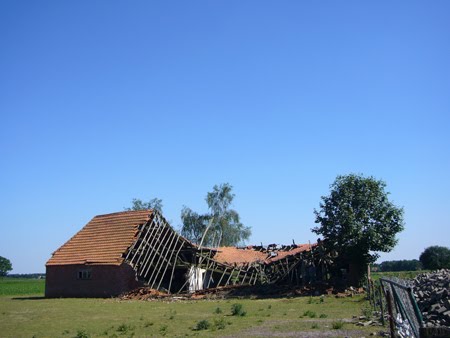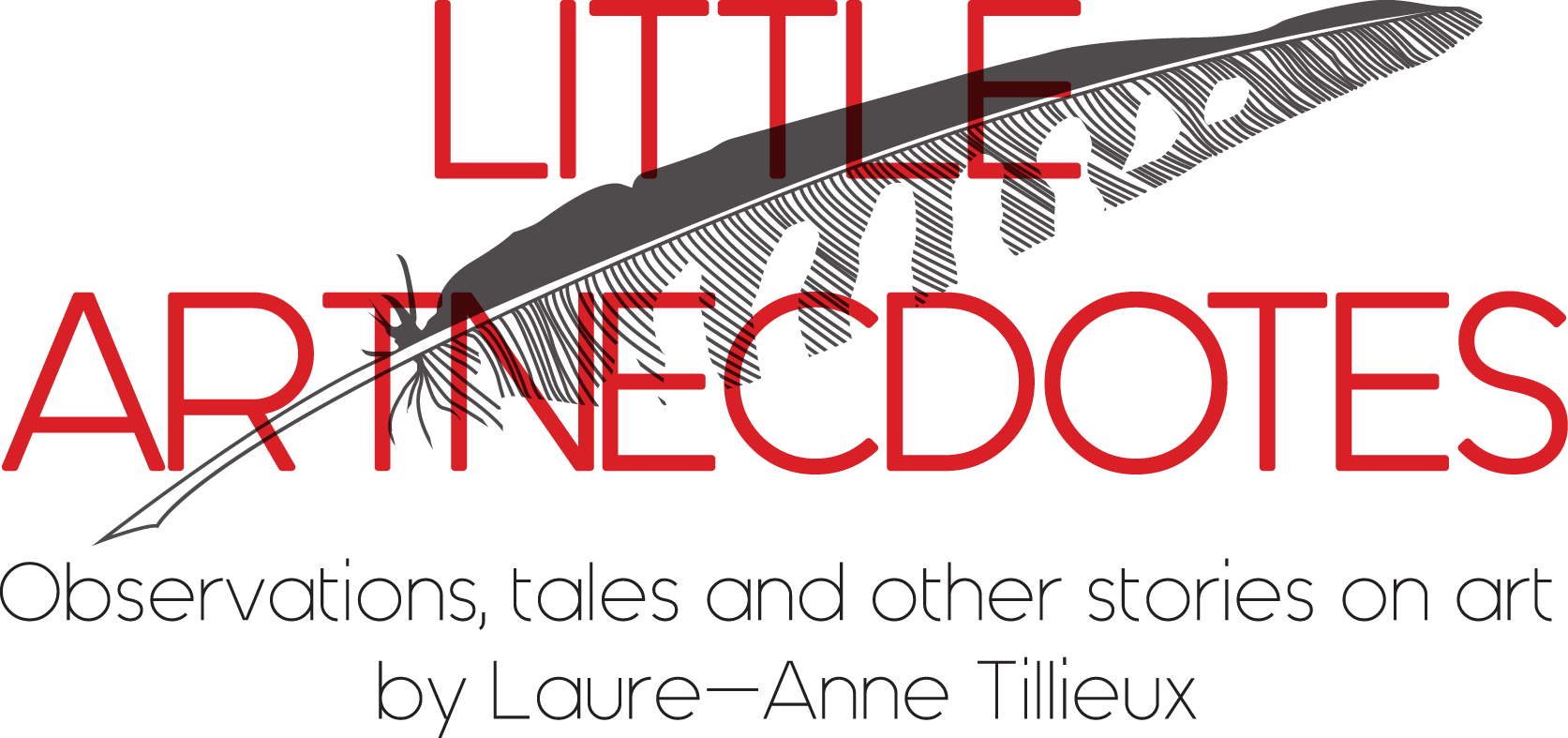Ruin lust
A farm in the province of Zeeland, a sanatorium, a brick factory or the Scheveningen pier. These abandoned buildings in different states of neglect or ruination, situated in the Netherlands, have been a preoccupation of Spanish artist Lara Almarcegui (1972). Her ruin lust drove Almarcegui to publish a guide, titled Ruins in the Netherlands XIX-XXI (2008). She documented the most notable buildings that were considered to have become ruins. The guide includes 154 entries and encompasses former farms, factories, hotels, bunkers, summer houses, hospitals and warehouses. The majority of these sites are abandoned and show the early stage of decay. Others are nothing more than just a pile of rubble. As it usually goes some of these ruins remain standing for some time, others are eventually demolished or will be demolished in the future. The artist published a similar guide in 2009 documenting 158 ruined and abandoned buildings in the French region of Burgundy. Same approach, same attraction.
Almarcegui’s body of work resolves round her fascination for places that escape the design or intervention of city planners or architects. She researches crumbling houses, wastelands, and empty lots and presents her study in the form of guides, installations, photos and maps. Her focus is on the physical material of our civilisation, whether it is the cement of a building or the top layer of the earth’s crust. Almarcegui underscores, brings to the attention and defies the presence of planning and design of our urban environment and the disutility of such sites.
Her work is a fascinating inquisitive observation of the hideous or the unnoticed. Rocks, cement or empty parcels in a city or an abandoned field will never be the same again.

Ruins in the Netherlands XIX-XXI 2008. Courtesy Lara Almarcegui
